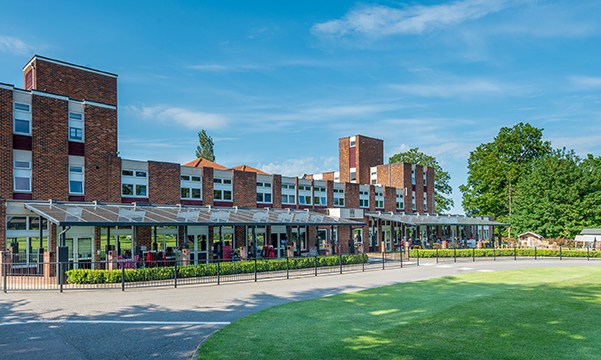
Canopies & Walkways
- All Canopies & Walkways
- Fabric Canopies
-
Polycarbonate Roof
Canopies - Covered Walkways
- Enclosed Canopies
- MUGA Canopies
- Timber Canopies
- Entrance Canopies

Create a Learning Environment Where Autistic Students Thrive
Thankfully, awareness of neurodivergence is stronger than ever before. With over 70,000 autistic people in the UK and total diagnoses on the rise, it’s imperative that we work to create environments suitable for everyone, especially when it comes to education. We’ll investigate some ways that you can create a learning environment where autistic students aren’t just comfortable, but thrive!
ASD stands for Autism Spectrum Disorder and is a type of neurodivergence that affects 1 in 100 people in the UK. It is often characterised by challenges in social interaction, communication and repetitive behaviours.
Autism is not an illness or a disease, it just means that your brain processes things differently to others. People are born this way and although there’s been plenty of misinformation blaming things like diet and vaccines for autism, these have been debunked time and time again. Not every autistic person will display the same characteristics or require the same level of support. No brain is identical and this applies to autistic brains just as much as it does to neurotypicals.
Autism can be diagnosed in children from 18 months of age. It’s important that they get their diagnosis sooner rather than later so they can get access to the support they need.
As mentioned previously, autism presents itself in different ways and although someone may display traits of autism, it doesn’t mean they have it. Afterall, autistic traits are just human traits. A diagnosis comes when someone displays many of these traits together.
So, here are some tell-tale signs that a child might be autistic:

Many autistic people value organisation and routine and autistic children in particular may struggle to regulate their emotions if these needs are not met. Unstructured break and activity times can cause a lot of anxiety as it could disrupt their routine.
Sensory processing is another area where autistic children may struggle, so highly stimulating environments can be challenging for an autistic student to learn in. For example, high levels of background noise, bright or flashing lights, cramped environments where there’s minimal personal space.
Sometimes, autistic children prefer a slower paced, organised discussion that allows them to process their thoughts and think before speaking. High energy debate style environments can be overwhelming and students could get left out of discussions due to this.
The first key to giving autistic students the support they deserve is by being committed to understanding. So you’re in the right place! Here are some ways you can create a positive learning environment for them.
Our structures provide solutions to many of your school’s needs but can really aid in creating a better environment for autistic children. For example, our canopies allow outdoor learning during any season, which tend to be quieter, calmer spaces for someone who may struggle with sensory processing. Our covered walkways can help ease congestion, making environments less stressful and stimulating. Finally, building a structure to extend your dining space can make an already echoey, chaotic environment much calmer.
If you’d like to hear more about our structures, cost and what funding is available, take a look at our website.
